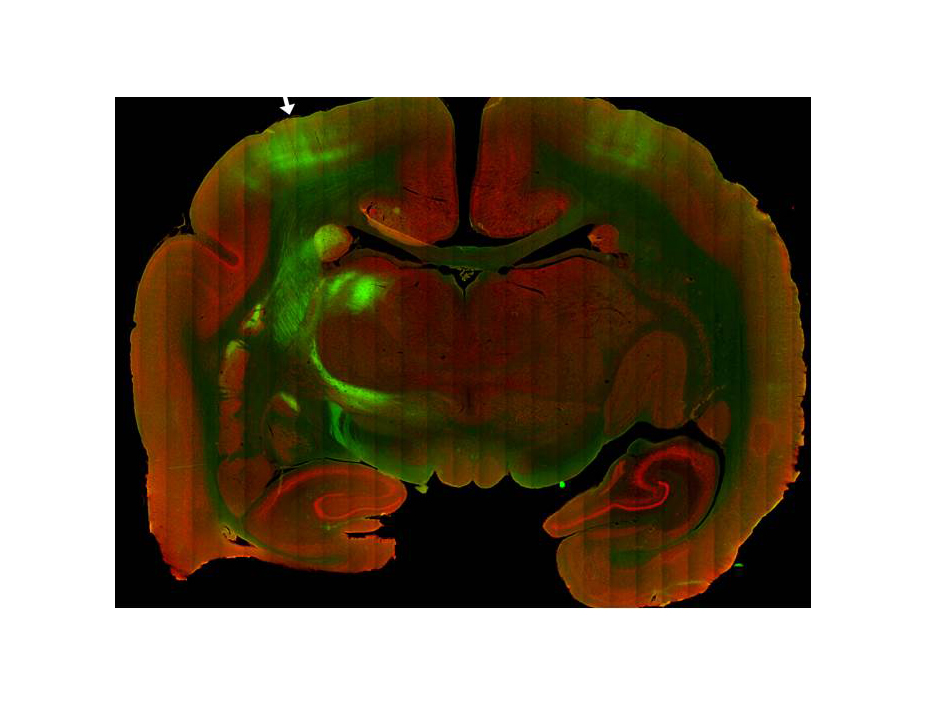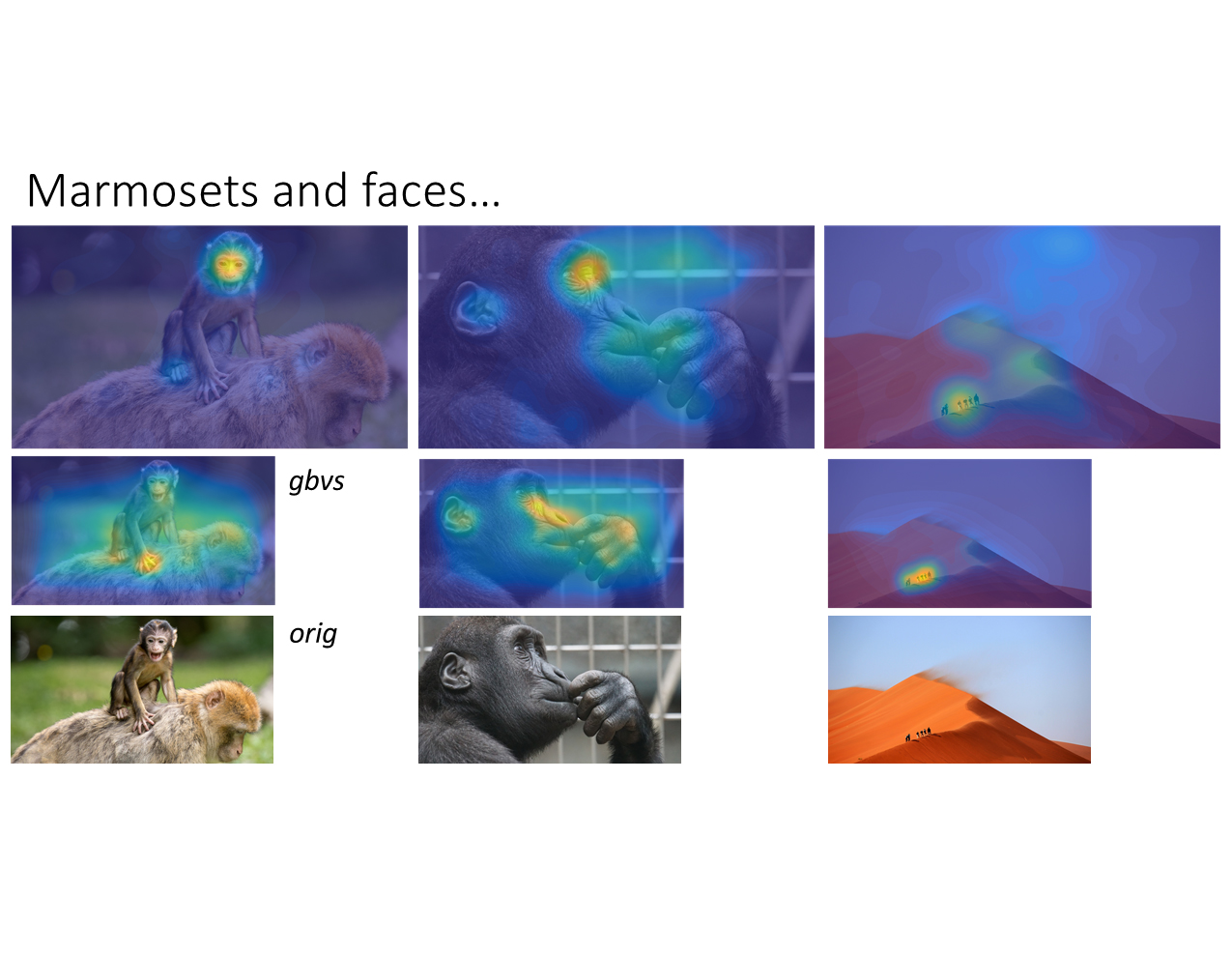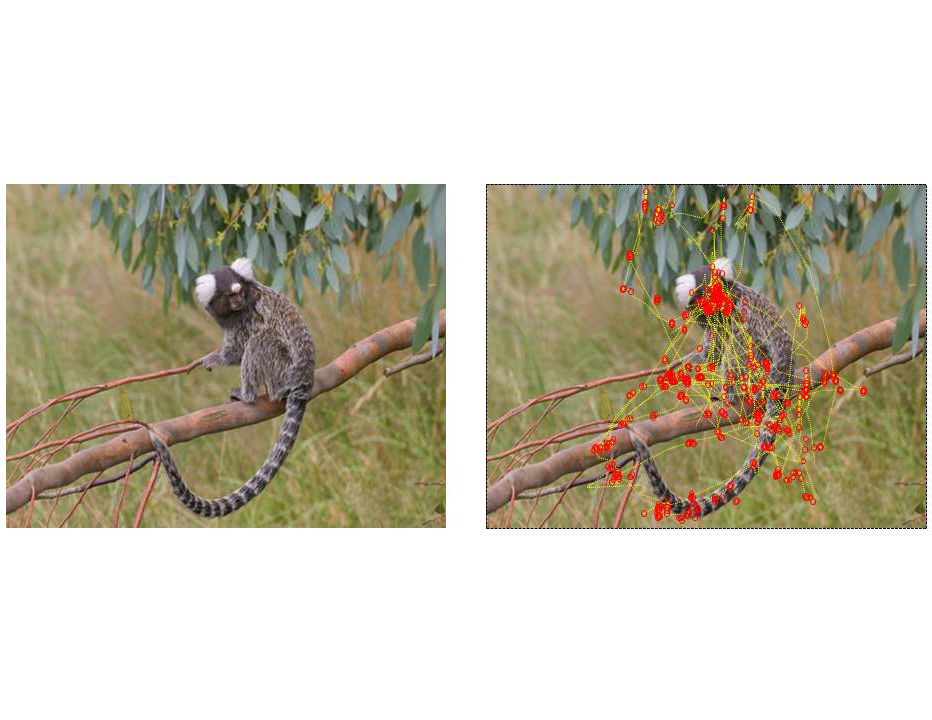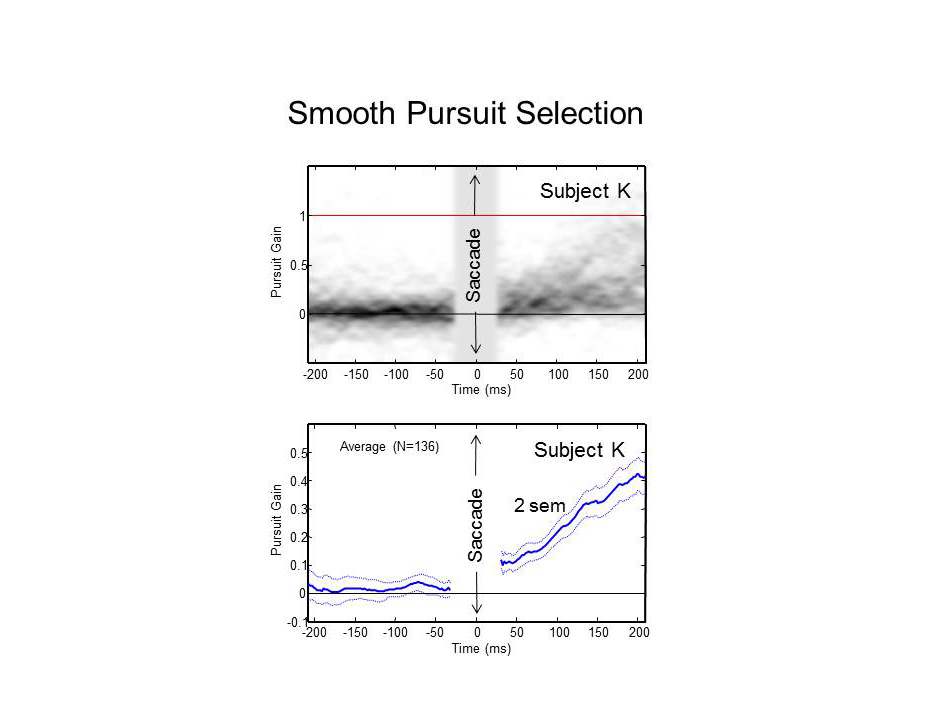An understanding of information processing at the level of cortical circuits remains a key challenge for understanding the brain and how the dysfunction of its circuits contributes to human mental disease. My research focuses on how internal brain states, such as selective attention, and active behavior, such as eye movements, modulate perception and early visual processing. In particular, I am interested in understanding these processes at the level of neural circuits, ultimately to understand how distinct cell classes and projection pathways contribute to behavior in health and in disease.
My lab is employing the marmoset (Callithrix Jacchus) to study active visual perception and attention. The marmoset provides several advantages for this research. First, the marmoset’s visual and oculomotor system is highly similar to that of larger primates and humans. Second, the recent development of transgenic lines in this species has opened many new opportunities for research. At present, several international groups are developing genetic models of human mental disease and molecular tools to study their brain physiology. Last, the marmoset has a smooth cortex which greatly facilitates imaging and array recordings of neural populations.This provides a unique advantage to study neural circuits and behavior.









